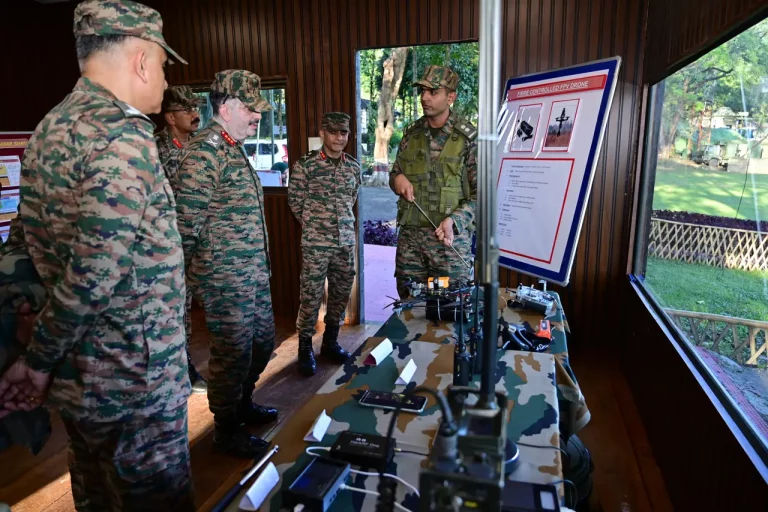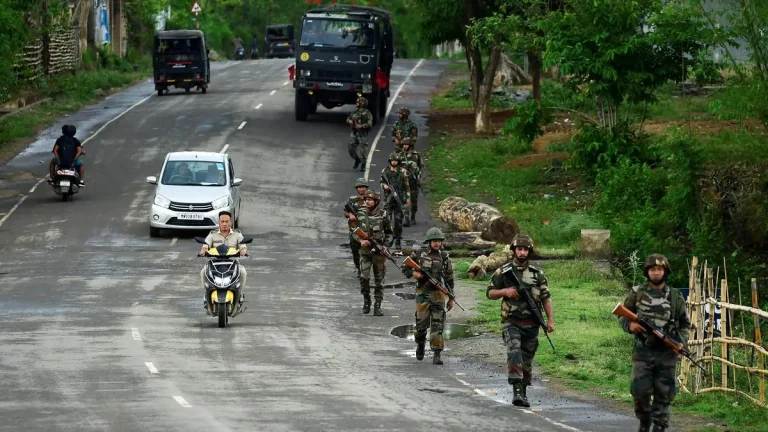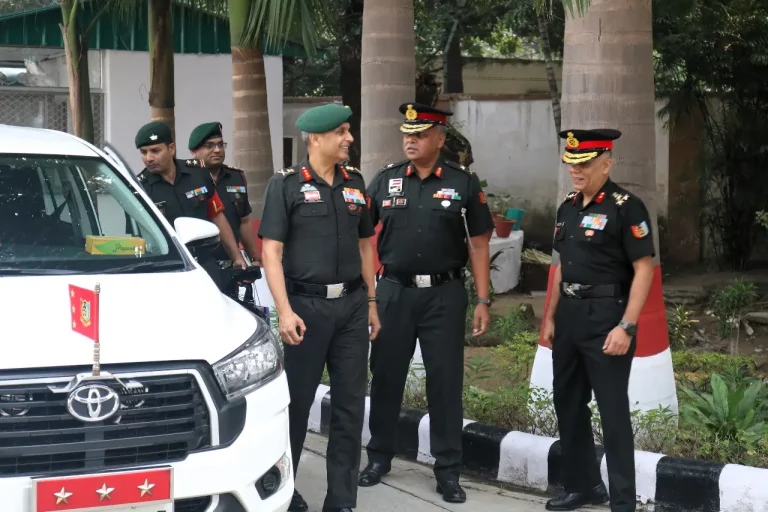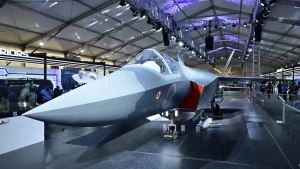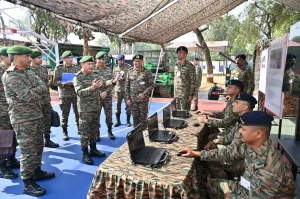In a significant advancement for next-generation military operations, the Indian Army Chief recently conducted an extensive review of the Strike Corps at Ambala, focusing on a transformative shift towards drone-centric warfare. This assessment emphasized the integration of swarm drones, kamikaze drones, and indigenous anti-drone systems, reflecting the Army’s dedication to bolstering its operational capabilities through unmanned and autonomous technologies.
This review is part of the Army’s evolving doctrine aimed at preparing for hybrid and technology-driven conflicts, where unmanned systems are anticipated to play a pivotal role in both offensive and defensive engagements. The rising prominence of swarm drones signifies a robust force multiplier, adept at saturating enemy airspace and overwhelming conventional air defense systems through coordinated assaults. Recent exercises have validated innovative tactics and procedures for deploying these drone swarms in high-intensity combat, emphasizing real-time surveillance, reconnaissance, and precision strike operations.
Additionally, the rapid induction of kamikaze drones into the Army’s arsenal underscores a new approach to strikes on enemy assets and armored formations. These low-cost loitering munitions serve as an effective alternative to pricier cruise missiles, enabling mass deployment to neutralize crucial enemy positions. Their increasing utilization marks a notable enhancement in India’s autonomous strike capabilities, particularly in strategically sensitive areas along the Line of Actual Control (LAC).
To address threats posed by hostile drones, the Army has deployed advanced indigenous anti-drone systems, which integrate detection, jamming, and kinetic kill methodologies within a multi-layered defense framework. Demonstrated at Ambala and other sites, these systems utilize AI-driven analytics and multi-sensor fusion to offer real-time situational awareness, allowing commanders to swiftly identify, track, and neutralize enemy unmanned aerial vehicles (UAVs).
Large-scale drone and counter-drone exercises, such as Vayu Samanvay-II conducted under the Southern Command, have further enhanced the Army’s preparedness for electronic warfare and operations in complex terrains. These drills bring together aerial and ground assets into integrated command networks, promoting joint interoperability and tactical responsiveness.
India’s commitment to indigenous solutions is further showcased through initiatives like the Rising Star Drone Battle School, which has developed over a hundred home-grown drones for operational testing and training. This initiative aligns with the broader Atmanirbhar Bharat campaign, emphasizing self-reliance in innovation and the rapid production of combat-ready systems.
By weaving swarm, kamikaze, and counter-drone technologies into its core military doctrine, the Indian Army is positioning itself at the forefront of modern warfare. The strategic objective is to achieve battlefield dominance through a network of aerial systems, precision strikes, and adaptive countermeasures, ensuring superior agility and lethality in future multi-domain conflicts.
This focused approach on drone warfare signifies a transformative evolution in India’s defense preparedness, equipping the Army to operate with unmatched speed, enhanced situational awareness, and technological superiority in the battlespaces of tomorrow.





